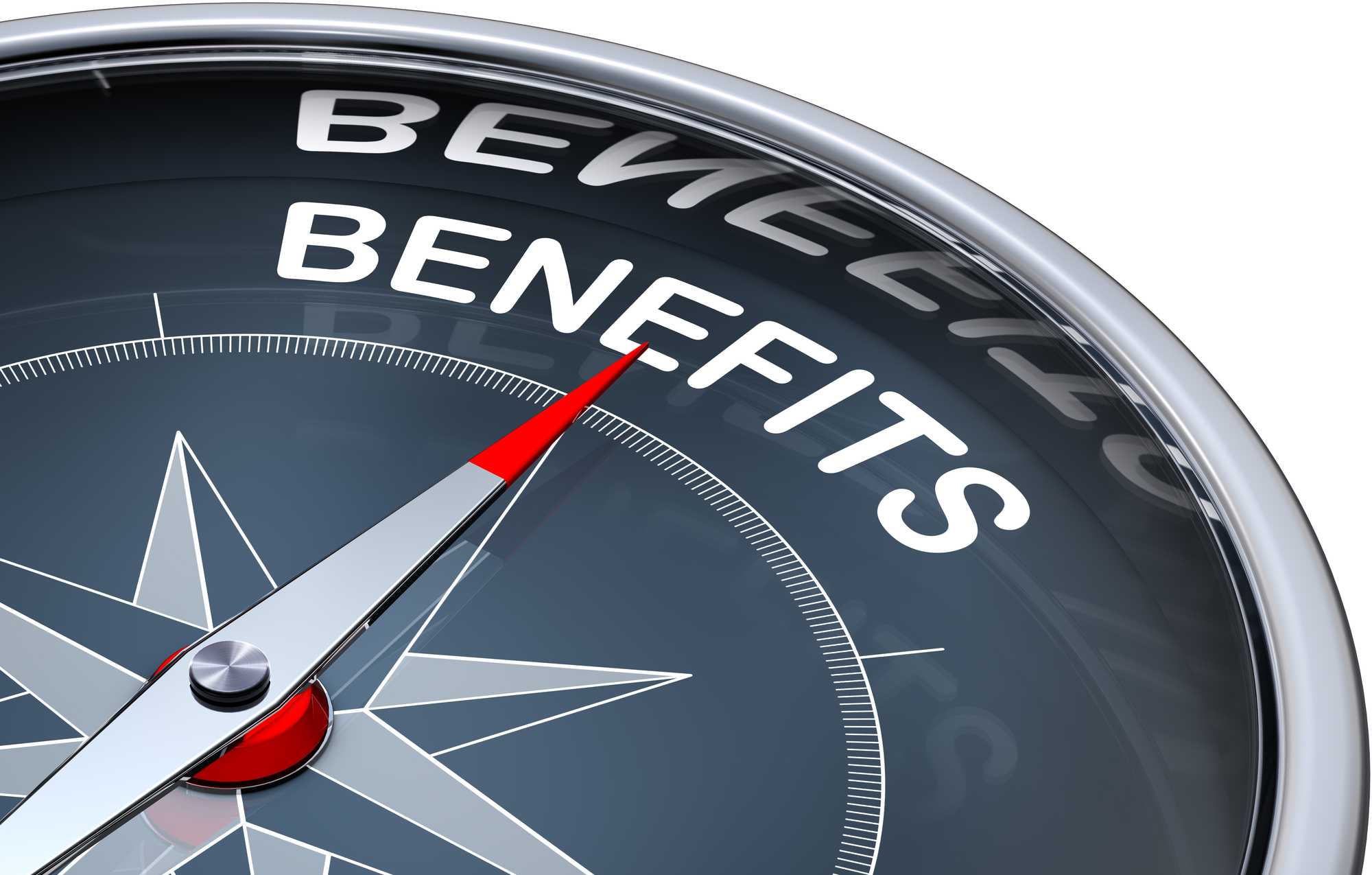BY ANDREW STEWART
Whether you are new to Canada or have been living here your entire life, it’s almost certain that most will not know or understand the inner working of all government benefit programs. These programs include the Canada Pension Plan (CPP), Old Age Security (OAS), Employment Insurance (EI) and the Canada Child Benefit (CCB). In the past, Canadians received social support mainly from churches and their own families. The Canadian State introduced many of its social programs and expanded existing ones after the Second World War.
Millions of Canadians contribute to and receive the benefits of social programs that affect an individual’s personal and financial situation. Today, the retirement income system in Canada comprises of three pillars. Together, the first two pillars are designed to ensure an adequate level of financial support through retirement years. The first pillar is about helping individuals reach a minimum level of income during retirement. This is provided through the social security benefits of OAS, the GIS and other supplements administered at the provincial level. The second pillar refers to the Canada Pension Plan/Quebec Pension Plan (CPP/QPP), which provide retirement benefits to replace a portion of an individual’s working income. The third pillar is intended to help you reach and supplement retirement income to a level of comfort that is beyond simply adequate. These includes tax-assisted registered savings plans, such as Registered Retirement Savings Plans (RRSPs), Tax-Free Savings Accounts (TFSAs) and employer-sponsored Registered Pension Plans (RPPs), as well as personal non-registered savings with no special tax incentives.
CPP – Canada Pension Plan
The CPP, which came into effect January 1st, 1966, is a universal, mandatory program intended to provide contributors and their families with partial replacement of earnings in the case of retirement, disability or death. The CPP retirement pension is a monthly benefit that is designed to replace about one-third of the average person’s lifetime pre-retirement employment and/or self-employment earnings, up to a maximum amount. CPP contributions determine eligibility for a CPP benefit. Generally, the more someone earns and contributes to the CPP in the years before taking a retirement pension, the higher the benefit will be once that person becomes eligible for it.
The CPP provides the following types of benefits to Canadians:
- Retirement benefits
- Post-retirement benefits
- Survivor benefits
- Disability benefits
- Children’s benefits
- Death benefits
The standard age to start the pension is 65. However, an individual can start receiving it as early as age 60 or as late as age 70. The pension will be reduced if taken early and will be increased if taken later.
OAS – Old Age Security
The OAS program is a federally funded social security program designed to augment the incomes of lower and middle-income Canadian residents. Benefits that fall within the OAS program include the OAS retirement pension; a monthly payment available to all Canadians who meet minimum residency requirements. A person does not need to have an employment history to qualify. The maximum OAS retirement pension payable in January 2020 was a taxable $613.53 per month.
The Guaranteed Income Supplement (GIS) is a monthly non-taxable benefit which assists seniors age 65 and over who have low incomes. To be eligible to receive the GIS, an individual must be age 65 or older, be receiving the OAS retirement pension, meet certain income requirements and be a resident in Canada. The maximum monthly GIS benefit for a single individual is $916.38 for the first quarter of 2020.
The allowance and the allowance for the survivor provides an additional monthly source of income for qualifying low-income seniors between age 60 and age 64. The allowance supplements a couple’s low income where only one spouse is receiving the OAS retirement pension and helps to enhance their standard of living.
Currently, nearly one-third of all Canadian seniors rely exclusively on OAS benefits as their sole source of retirement income.

